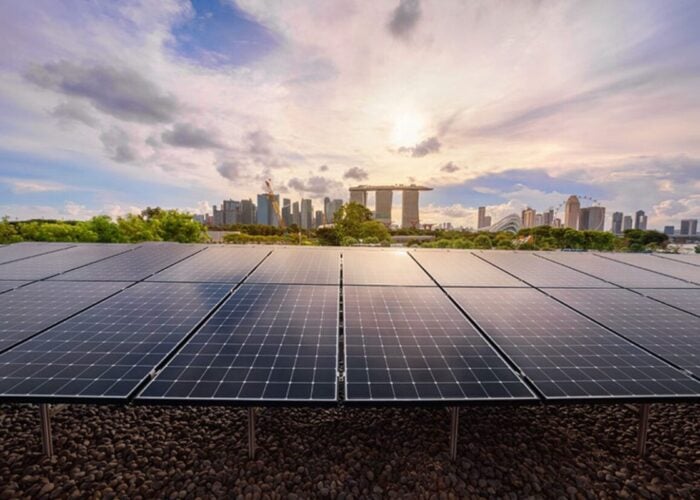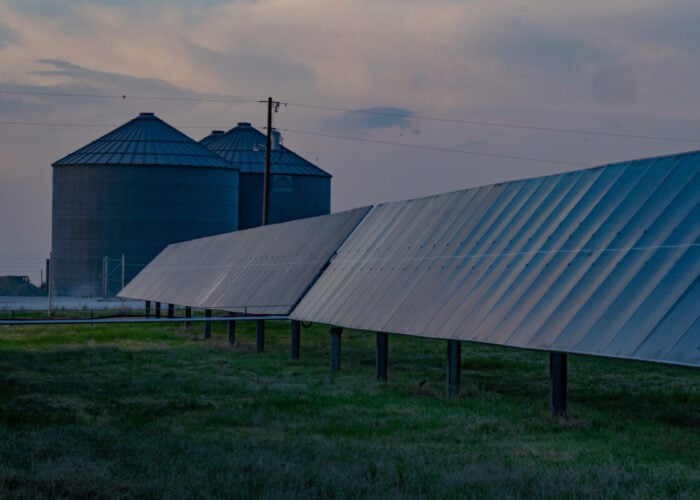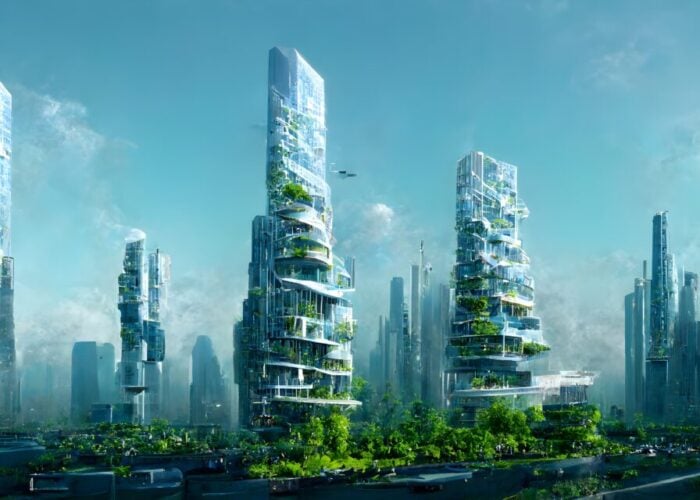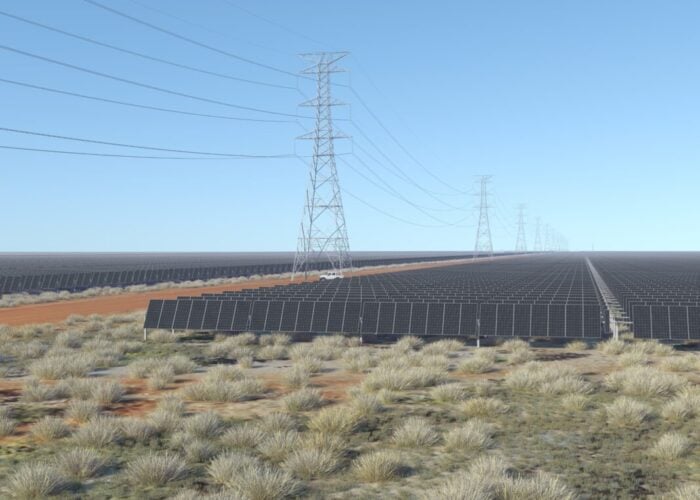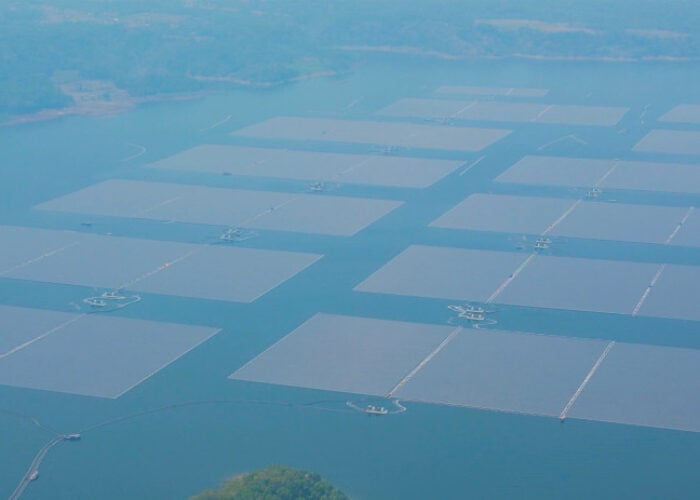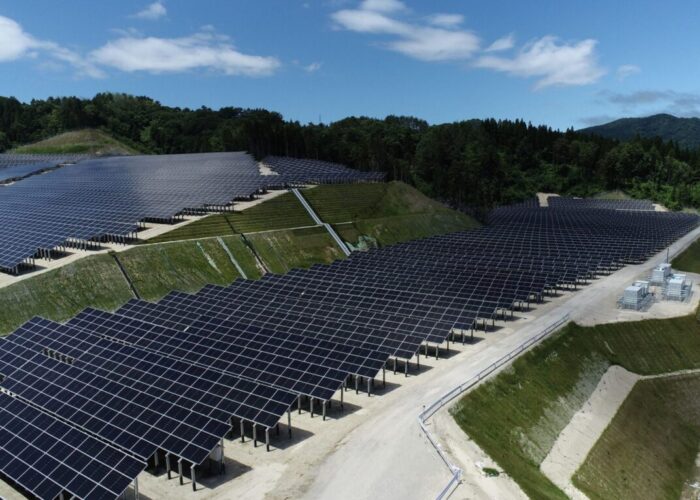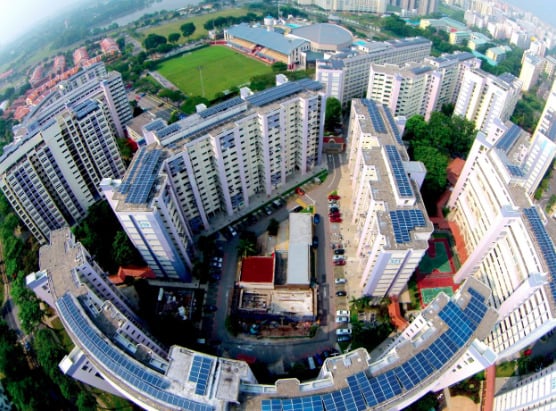
Singapore has targeted 2GW of solar by 2030 and 200MW of energy storage beyond 2025, but will continue to rely on natural gas for the next 50 years, according to a government official.
This morning, minister for Trade and Industry Chan Chun Sing spoke about the country’s energy focus over the next five decades at the opening of the Singapore International Energy Week.
Unlock unlimited access for 12 whole months of distinctive global analysis
Photovoltaics International is now included.
- Regular insight and analysis of the industry’s biggest developments
- In-depth interviews with the industry’s leading figures
- Unlimited digital access to the PV Tech Power journal catalogue
- Unlimited digital access to the Photovoltaics International journal catalogue
- Access to more than 1,000 technical papers
- Discounts on Solar Media’s portfolio of events, in-person and virtual
Or continue reading this article for free
The island nation currently obtains 95% of its electricity supply from natural gas delivered through pipelines from neighbouring counties and global supplies of Liquified Natural Gas (LNG) through its ports. While Chun Sing aimed to diversify this gas supply, he also put forward a vision for alternative energy supply.
Every surface counts
Lacking in geothermal, wind and tidal resources, Singapore’s future clean energy plans rest largely on solar power, despite having overcast skies for roughly 80% of the time due to its tropical climate.
The 2GW of PV by 2030 goal – described by Chun Sing as a “stretch target” – would account for the equivalent of 10% of Singapore’s peak daily electricity demand today. It would require collaboration between the public and private sectors as well as breakthroughs in solar module efficiencies and vertical solar installations, given that Singapore lacks available land and relies heavily on rooftop-based solar deployment.
“We will make every surface count,” the minister added. “If tomorrow, the efficiency of the solar panel can also improve to include vertical surfaces, if every one of our high-rise buildings, the walls and even the windows become solar collectors, it will fundamentally change how much solar energy Singapore can generate for our domestic supply.”
The island has grid-connected roughly 3,000 PV installations over the last decade.
“But we cannot rest on our laurels,” said Chun Sing.
The government will continue to support PV through the SolarNova programme and rooftop solar deployment. Meanwhile, the Housing and Development Board (HDB), which has held several successful tenders already, plans to install PV on 50% of HDB rooftops over the coming years.
The nation is currently on track to reach a target of 350MWp deployed by next year.
Storage push
The goal of 200MW of energy storage beyond 2025 comes under a vision of having a network of energy storage solutions across the entire island to manage the stability and resilience of the grid, as well as offering peak shaving services.
Singapore’s difference between peak and trough within the daily cycle can be as much as 30%, requiring extra infrastructure capacity to meet peak demand. The use of storage to balance peak and trough demand, however, could save on such infrastructure costs.
The final elements of the energy vision put forward by Chun Sing included an exploration of a regional power grid, emulating parts of Europe where countries sell excess power to neighbouring countries. He also discussed carbon capture, so-called green hydrogen and research into Zero Energy Buildings.

